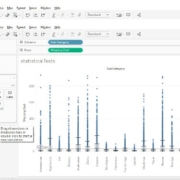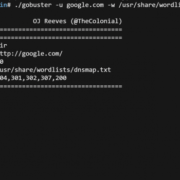Did you know that we launched our newest podcast last month? So far, we’ve covered DevOps fails, getting more out of IoT, DevSecOps, and more. Our latest episode, out today, covers what you need to know about containers.
The Tom’s Tech Notes podcast features conversations that our research analyst Tom Smith has had with software industry experts from around the world as part of his work on our research guides.












